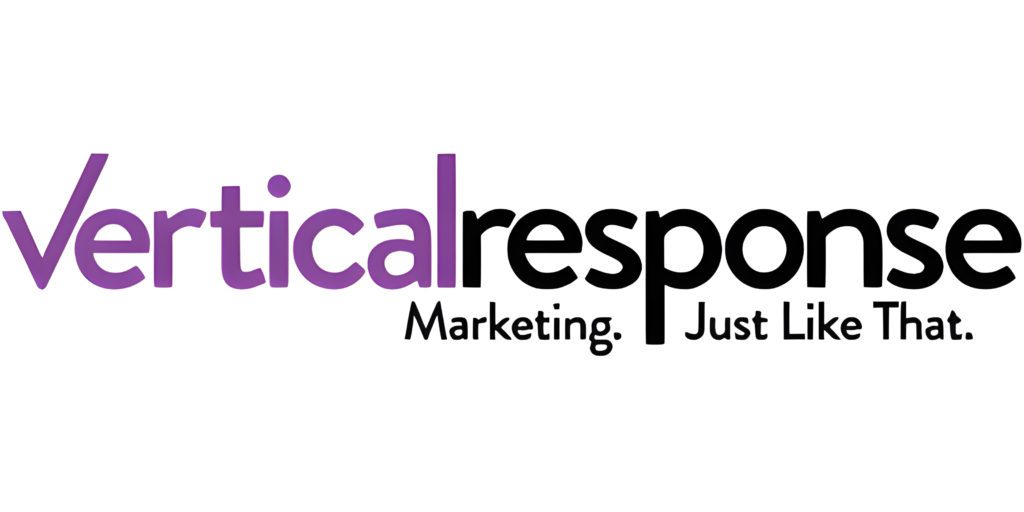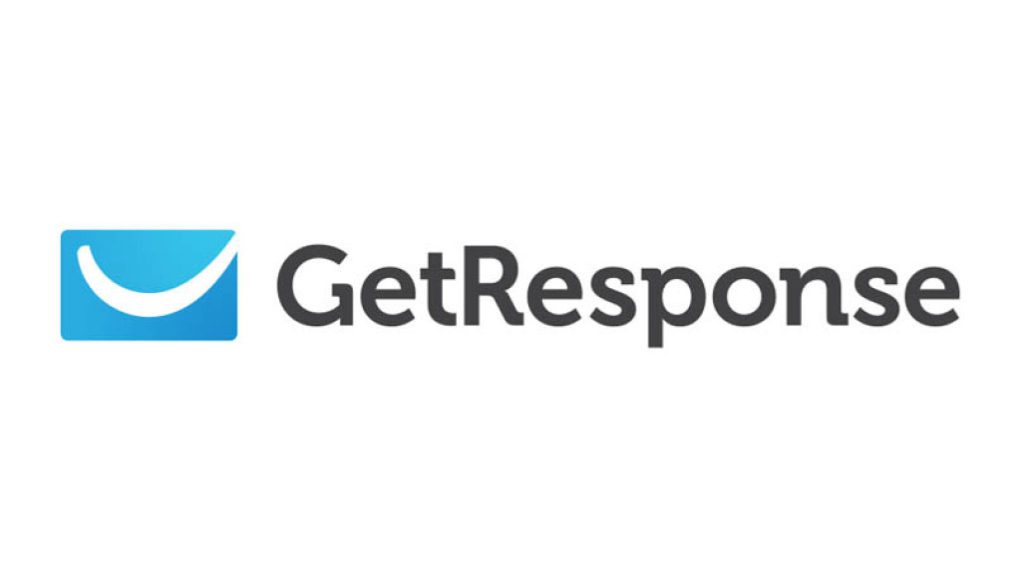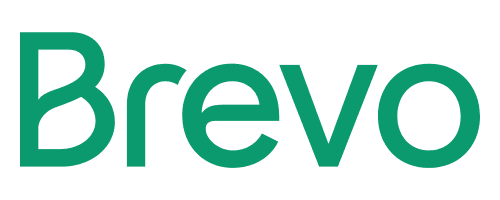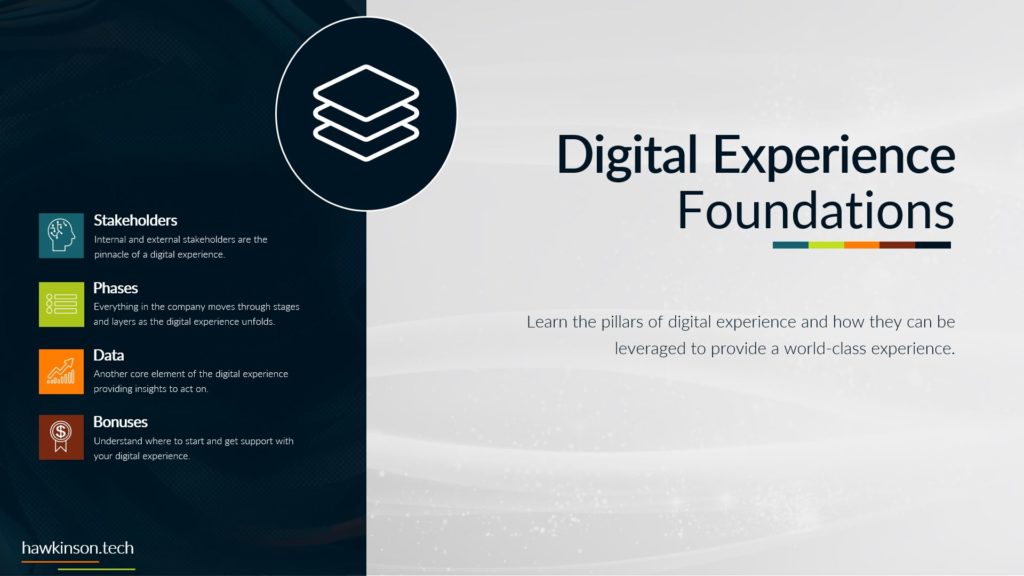Are you planning on creating and managing a website for your business? Then you will have to ensure that your website complies with regulations. You might have seen the “Accept Cookies” option whenever you visit a website. That is basically what you need to do as well. The European Union’s GDPR and California’s CCPA are policies that protect your visitors and force you to consider several important things when building small business websites.
For those creating a business website for the first time, it may be difficult to understand how to comply with these regional laws. Fortunately, several plugins can help you when you are using WordPress. Find out about the top WordPress Compliance Plugins that you can use.
Do I Need WordPress Compliance Plugins?
It is essential to remember that not every website needs to comply with regulations. These regulations were made for websites that collect user data. Therefore, websites like personal blogs that do not collect information on their visitor do not have to integrate WordPress compliance plugins into their website.
However, if you want to add users to your email list or want them to subscribe, then you might want to obtain their details. Since every time a user subscribes, the website records their address; you are gathering user information. Therefore, you need to comply with GDPR or CCPA regulation standards.
Top 6 WordPress Compliance Plugins
WordPress compliance plugins make it easier for website owners to comply with regulations, especially when they do not have enough knowledge to do so themselves. These plugins save time and effort and ensure proper compliance to keep you legally safe from breaking GDPR or CCPA regulation laws.
Jumping right into it – below are some of the best WordPress compliance plugins that ensure that your website follows regulations.
1. MonsterInsights
One of the best WordPress compliance plugins you can use is MonsterInsights, which works as a google analytics plugin. The plugin offers an EU Compliance addon that lets you meet DGPR regulations. MonsterInsights allows you to automatically disable data tracking or enable the consent box to continue tracking data.
MonsterInsights allows you to analyze IP addresses and disable demographic reports to help keep your user’s privacy intact. However, you can easily track personal data for digital business marketing purposes by asking for consent. Moreover, the plugin gives you much-needed insights on real-time analytics, user behavior, ads tracking, and eCommerce reports so you can develop strategies for business growth and see how well they perform.
2. WPForms
WPForms is optimized for WordPress users and comes with built-in GDPR compliance. The WPForms WordPress compliance plugins allow you to create a form for contact, registration, booking, and orders. You can make these forms compliant by going to the settings page and checking the GDPR enhancement option box. This makes it so that WPForms does not collect IP addresses.
Moreover, WPForms allows several other options, which include disabling user tracking cookies and storing details. You can choose which form to disable tracking by clicking each box individually. By turning on these enhancements, you will see a GDPR agreement field that you can drag onto any form to get consent from users.
3. Cookie Notice
One of the most popular WordPress compliance plugins is Cookie Notice, which has gained 4.9-star ratings from over 2900 reviews. The plugin consists of two parts: Cookie Notice and Cookie Compliance.
Cookie notice features a simple banner to inform visitors about your website’s cookie usage and get compliance from users. Cookies notice allows you to select the banner’s design, usability, and duration as you like.
Cookie compliance features a complete consent management platform (CMP) that factors in guidelines from different countries to provide options for managing privacy for users, allowing them to choose which cookies to allow. Cookies compliance includes auto-blocking cookies and allows users to select the duration of cookies.
You can use the Cookie notice feature alone or connect the Cookie Compliance feature to your site for advanced services.
The premium version lists your cookies according to categories and scans them, so you don’t have to dd cookies manually. Moreover, you can sync information on cookies with the database, so you won’t have to worry about adding descriptions.
4. OptinMonster
OptinMonster is one of the WordPress compliance plugins that has the most features. The plugin allows you to create different popups and banners for your website to give users insight into your cookie usage policy. You can add a GDPR consent checkbox on your form, and you can use the automatic geolocation feature that shows DGPR files to users from the European Union and the United Kingdom.
Moreover, OptinMonster also helps you generate leads and increase conversion rates while complying with GDPR. You can also create GDPR-friendly email signups.
5. Cookies
Cookies are one of the best and easiest WordPress compliance plugins available and have received a 4.9-star rating from over 1600 users. The plugin allows you to create fully customizable banners and pop ps and easily record and manage your cookie compliance requirements.
Moreover, you can create multi-lingual cookie banners and customize them to your website design. You can allow users to pick which cookie they want to comply with and which to reject.
You also get free tools to create custom privacy and cookie policies compliant with the GDPR and EU cookie laws.
The premium version allows you to scan cookies automatically, so you do not have to manually add them. Moreover, you can block third-party scripts such as google analytics until you receive google consent. The premium version also excludes additional cookies based on regions, so you won’t have to worry about adding unnecessary cookies.
6. Complianz
Complianz offers a one-for-all WordPress compliance plugin to help you manage your website cookies according to regulations set by GDPR, CCPA, COPPA, DSGVO, PIPEDA, and more. You can specify cookies for any EU, UK, US, and Canada region.
Complianz scans your site for cookies and lets you add a description for cookies automatically. The premium version lets you view statistics and integrate tag manager and Google Analytics.
One of the reasons why users love Complianz is its detailed, user-friendly setup, making this one of the best WordPress compliance plugins for beginners unaware of the specifics of privacy compliance.
Some of the key features of the compliance plugins include the cookie policy generator, customizable cookie banner, and the setup wizard. Moreover, the premium version allows A/B testing to allow insights into which cookies are getting the highest acceptance rates.
Which WordPress Compliance Plugins to Choose
With so many great options, it can be difficult for users to identify which is best. Each of the six WordPress Compliance plugins offers its own functions and benefits.
You might prefer using WPForms for the easy creation of GDPR forms, which allows you to do so by clicking a box. On the other hand, you might prefer MonsterInsights if you want to add Google Analytics to WordPress and keep track of your website, making it easier to comply with regulations.
Similarly, you might want to se Cookie notice for easy cookie notifications and banners, allowing you to easily customize cookies to your website design.
Bottom Line
If you are wondering which of the six WordPress compliance plugins is the best, the answer depends on your needs and budget. Each plugin has a different price and features that you must look through before choosing. Consider what compliance features you want to integrate into your website and what you are willing to pay before choosing.



































